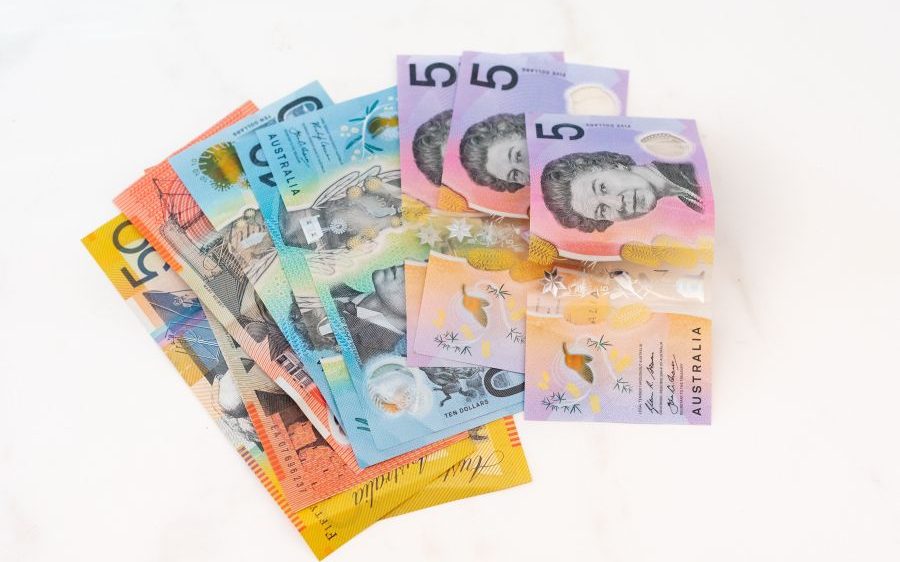For artists and not-for-profits, the month of June should be penned in the calendar as a fundraising hot-spot.
June is when many well-off arts lovers seek to lessen their tax loads by donating to causes they believe in, and other arts supporters are also keen to give.
But if you think cashing in is a simple affair, you need to think again. According to two seasoned experts, there’s a fine art to end of financial year fundraising, and campaigns should be built on well laid plans and strategies that suit your story.
Tip 1. Start planning early
CEO of Creative Partnerships Australia, Fiona Menzies, says that if you’re starting to plan your end of financial year campaign at the start of June, you may have missed the boat.
‘You don’t want to be scrambling at the end of May to get an end of financial year campaign up,’ she said, adding that ideally, campaigns should start at the beginning of May and can last as long as eight weeks.
For Brendan O’Connell, Executive Producer, Lucy Guerin Inc, having opportune time-windows for patrons to give has been an important part of their journey.
‘We do two campaigns a year – one November/ December campaign, and one at the end of financial year,’ he said. ‘It works well to have those specific times for fundraising, but we find people are definitely more willing to give at the end of the financial year because of those tax implications,’ he explained.
Tip 2. Set specific goals with clear outcomes
O’Connell said that having clear goalposts for donors to work with is another core component of successful fundraising.
When the company undertook a $20,000 matched campaign with long-time company supporter Terry Wu in 2021, their tangible target spurred donors’ enthusiasm.
‘It was the first time we’d ever done a matched campaign,’ O’Connell explained, ‘and it doubled what we would normally receive from donors – as in, we got double what we normally would from donors even before Terry matched it and doubled that amount again.
‘I think people always want to see value around their contributions,’ he continued. ‘So, because our donors could see their money was definitely going to be doubled, it was an excellent incentive.’
O’Connell also said the company was very straightforward with donors about where their money would go.
‘For example, we could say: “If you give us $50, that will become $100, and this is what we will achieve with that $100”,’ he said.
Read: Online fundraising models that work
Clearly, specificity and transparency are important ways to draw in your fans, and when the opposite is true it can impede your campaign.
The small regional WA arts festival Denmark Festival of Voice learnt this lesson early in their 2021 campaign, when a particular aspect of an otherwise successful fundraising push lacked clarity and precision.
As reported by Creative Partnerships Australia at the time, when the festival launched a ‘Creative Impact’ giving circle as part of their $50,000 target, they found it drew little interest because they were ‘not clear enough about what it was’ to get necessary buy-in.
In the end, the festival’s strongest dollars came through a variety of activities with more targeted aims. Their suite of initiatives, which included everything from online art auctions to roaming donation-buckets, engaged a healthy group of donors who each gave $200 or more (totalling $12,000) while 10 separate fundraising events brought in a large proportion of their total target (around $24,000).
Tip 3. Activate loyal fans first
Reflecting on the strengths and weaknesses of their 2021 campaign, Denmark Festival of Voice realised their largest support base was built on existing fans in their local community who already knew and loved what they did.
It’s a striking reminder that effective fundraising is a lot about showing those who already love you exactly why you matter to them.
Brendan O’Connell said his experience at Lucy Guerin Inc firmly substantiates this idea.
We’re a contemporary dance organisation and I can tell you that it’s absolutely the dance community and Melbourne artists who are our biggest supporters.
Brendan O’Connell, Executive Producer, Lucy Guerin Inc.
‘We also have some interstate and international people who donate,’ he continued, ‘but primarily, if I look down our donor list it’s local artists. They are absolutely the first to put their hand up – they’re the ones who see the value and really believe in what we do, and we value that support tremendously.’
Tip 4. Use multiple platforms
Whether old friends or new, it’s also important to keep things fresh for your supporters to catch their interest and ensure they stay with you.
Fiona Menzies describes this as a need to whet your fans’ appetites and tell the story of what you do in creative ways throughout your campaigns.
It’s not about one big EDM [electronic direct mail] that you send to your whole database.
Fiona Menzies, CEO, Creative Partnerships Australia.
‘You might send out an initial EDM, but then follow that up with some different things on socials, and then you might send another EDM that makes a particular point about your company or emphasises a certain aspect of your campaign,’ she continued.
‘You need to remember that the nature of a campaign is that it runs over a period of time – it’s not a one-off ask.’
Tip 5. Be authentic to who you are
Menzies also has a pertinent reminder for everyone in the arts to channel those innate creative storytelling abilities, not only to their art, but to fundraising as well.
‘In the arts we tend to assume we’re naturally great storytellers, but sometimes when fundraising we forget that, and we aren’t very good at telling our story to our supporters.’
‘So make it creative!’ she urged, citing the novel ideas of companies like ATYP (Australian Theatre for Young People) and Windmill Theatre, whose past campaigns have embraced their brand’s playfulness in imaginative ways to highly effective ends.
‘One year ATYP ran a campaign about “keeping the lights on” and they literally had a video of a woman riding a bicycle connected to a lightbulb. So, their message was “we need your donation to keep the lights on”. It was funny and fun, but more importantly, it was authentic to their brand.
‘That kind of campaign wouldn’t have worked for an opera company,’ Menzies continued, ‘but it worked really well for ATYP because it reflected their personality and their product.’





